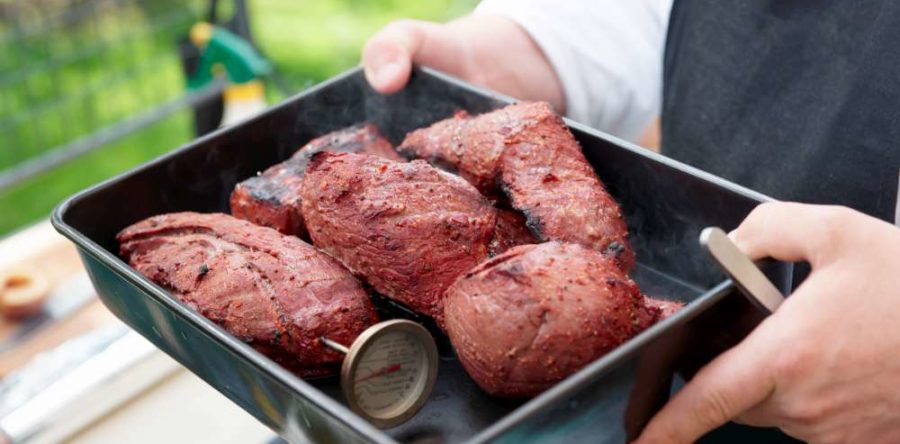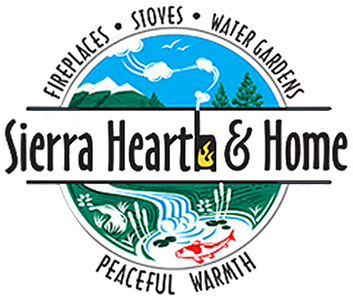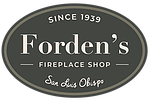Raw meat, summer heat and outside conditions make the perfect combination for proliferation of bacteria.
A few simple precautions as well as proper cooking will guarantee risk-free eating. Here are some tips to follow.
Clean after each use
This is valid for your grill, your accessories as well as yourself.
- First, get rid of all food residue with a barbecue brush. The scrapping needs to be done before and after cooking, while the grill is still hot.
- Always wash your hands with soapy water before handling foods, especially when raw.
- Make sure all your accessories, such as spatula and tongs are thoroughly clean.
Certain things cannot be mixed!
Mixing raw and cooked foods should be banned. This principle applies to both the meat itself as well as the dishes used to bring it to your barbecue. Either wash them during grilling or use a different set of dishes. Apply the same principal to your marinades; put some aside to brush the raw meat, and use the rest while grilling or once cooked.
A complete thawing
If you want your beef, pork, chicken or fish to cook more evenly, you must defrost the entire piece following one of the four appropriate methods. By getting a more even grilling, you will ensure elimination of all possible bacteria and your food will only taste better!
Be careful though, only bring your meat outside once the grill is hot enough. In the meantime, it must thaw in the fridge or in a space maintained at 39OFor less (4OC)
A very important tip on grilling
Last, but not least, make certain your meat is thoroughly cooked on the inside as well. Use a thermometer in the fleshiest part and ensure that the temperature is consistent with food security norms.
- Pieces of poultry must reach 165OF (74OC), whole poultry is cooked at 185OF (85OC).
- For beef, lamb or veal, whether medium-rare, medium or well done, the thermometer must reach, respectively: 145OF (63OC), 160OF (71OC) and 170OF (77OC).
- With pork, 160OF (71OC) will be sufficient.
- For ground meat, leave it on the grill until it reaches 160 OF (71OC) or 165OF (74OC) for poultry.











